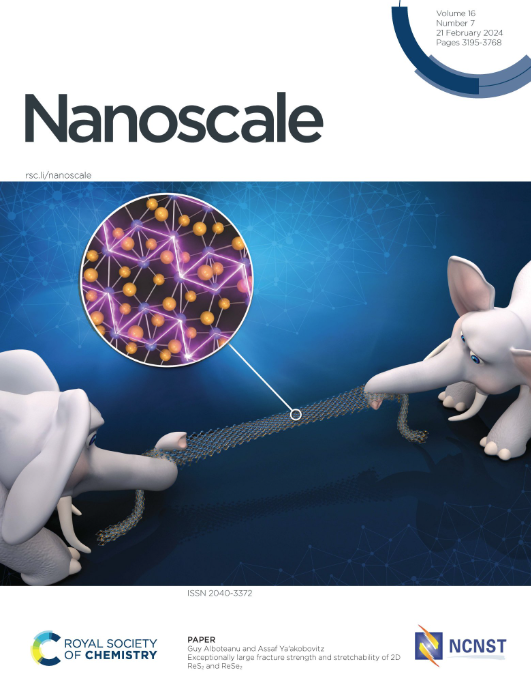Polymer Additives in Liquid Electrolyte for Advanced lithium Batteries
IF 5.8
3区 材料科学
Q1 CHEMISTRY, MULTIDISCIPLINARY
引用次数: 0
Abstract
Compared to traditional energy storage devices, lithium-ion batteries (LIBs)have the advantages of high energy density, good cycling performance, and low self discharge rate. Therefore, LIBs have been widely used as the main energy storage devices in various industries. As the blood of the battery, electrolyte plays a key role in ion transport, formation of interface layer, protection of electrode materials, etc. The commonly investigated electrolytes include liquid electrolyte, gel electrolyte, solid or quasi-solid electrolyte. Liquid electrolytes have higher ionic conductivity, which is more conducive to the transport of lithium ions. Therefore, batteries based on liquid electrolytes often exhibit better electrochemical performance. In liquid electrolyte, additive is also an indispensable component to ensure the high efficiency of the electrolyte, which plays an important role in regulating the solvation structure of lithium ions, the formation of solid-electrolyte interface layer, improving the safety performance of batteries, and maintaining operability under extreme conditions (such as low temperature). Unlike previous reviews focused on small molecule additives, this review herein mainly reviews the application of polymer additives in liquid lithium batteries. Firstly, the basic composition of liquid electrolytes used in lithium batteries is outlined and the functional characteristics of each component are summarized. Then, the research progress of polymers as additives in liquid lithium batteries in recent years were introduced in detail. According to the role of additives, the involved polymer additives are divided into five categories: molecular crowding agents, film-forming agents, HF scavengers, antifreeze agents, and flame retardants. A detailed explanation of the mechanisms related to the efficacy of polymers as additives was also provided. Finally, we present some perspectives on the limitations and future development trends of polymers as additives in liquid lithium batteries and other devices.求助全文
约1分钟内获得全文
求助全文
来源期刊

Nanoscale
CHEMISTRY, MULTIDISCIPLINARY-NANOSCIENCE & NANOTECHNOLOGY
CiteScore
12.10
自引率
3.00%
发文量
1628
审稿时长
1.6 months
期刊介绍:
Nanoscale is a high-impact international journal, publishing high-quality research across nanoscience and nanotechnology. Nanoscale publishes a full mix of research articles on experimental and theoretical work, including reviews, communications, and full papers.Highly interdisciplinary, this journal appeals to scientists, researchers and professionals interested in nanoscience and nanotechnology, quantum materials and quantum technology, including the areas of physics, chemistry, biology, medicine, materials, energy/environment, information technology, detection science, healthcare and drug discovery, and electronics.
 求助内容:
求助内容: 应助结果提醒方式:
应助结果提醒方式:


